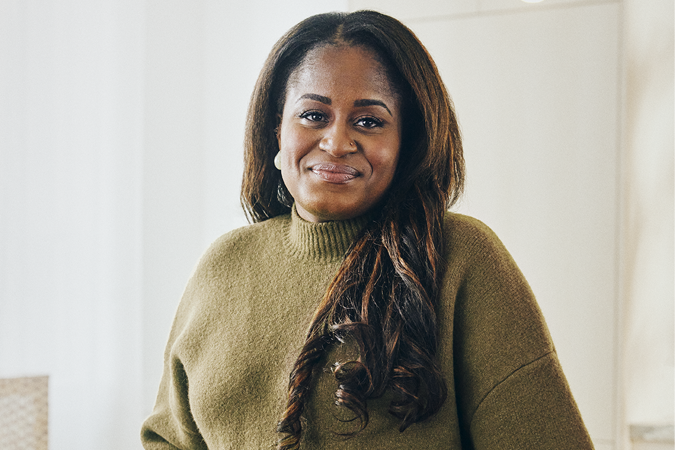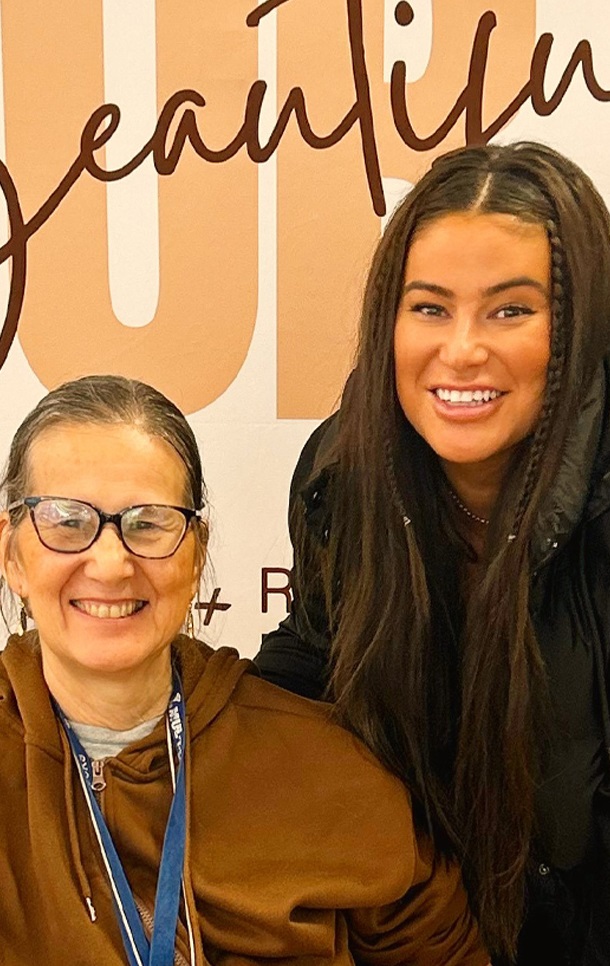
“I am here for a reason.”
Lynne had no idea high blood pressure was the #1 risk factor for stroke – until she had one. Her Indigenous culture helped her through her recovery.
Chapter 1 Invisible risk factors
Lynne Marie Sherry knew she had high blood pressure. She’d been told by her doctor and given some medication, but did not receive any other information. So she didn’t know it was the #1 risk factor for stroke, or that a woman’s life stage comes with other unique risk factors. Lynne’s relationship with her doctor was not great, so she hesitated to push for more answers.
As an Indigenous woman — she is a Mohawk of the Six Nations of the Grand River in Southern Ontario — Lynne learned to avoid being labelled a problem to her healthcare providers. So she kept silent. Her health worsened after her diagnosis, but she didn’t realize it was connected to her blood pressure.
Lynne was strong, fit and active. Coupled with not being aware of the risks of high blood pressure, she didn’t think she needed to take blood pressure medication on a daily basis.
Then, on Dec. 5, 2020, she suddenly felt “no power” in her arm and her leg. Lynne knew something was wrong, and called 911.
She was rushed to hospital and diagnosed with a hemorrhagic brain stem stroke — a bleeding stroke at the base of the brain, which is very difficult to treat. Her family rushed to be near, including her daughter, Shawnee Kish, who flew in from Edmonton.
“My mother is all we have,” Shawnee says. She and her siblings were devastated that Lynne was on life support, struggling to breathe.
Chapter 2 No room for culture
That was just the beginning of a fraught recovery, made worse by pandemic restrictions. Being an Indigenous woman also deeply impacted Lynne’s experience.
Lynne struggled in the hospital as she could not see her family. Shawnee and her sister broke the rules regarding visitors. “We hid in a closet so that her spirit knew we were close.”
Watch Shawnee talk about her mother’s high blood pressure that led to her stroke and an altered future.
Indigenous people in Canada are more likely to be at risk for or live with heart disease and stroke compared to the general population. This is because they’re more likely to have high blood pressure (like Lynne) or diabetes - both can cause heart disease or stroke. Because of this, Indigenous groups have a higher death rate from these conditions. They can also face discrimination in the healthcare system.
“She was diagnosed with high blood pressure about a year before the stroke,” says Shawnee. “Had we known this could lead to a stroke, and this is what a stroke looks like… things could have been different.”
Lynne eventually regained her ability to breathe on her own and was taken off life support, but was confined to her room and got limited physiotherapy at her bedside. This continued when she was transferred to a rehabilitation facility. “She had to fight for her right to go outside and get fresh air and feel the sun. It was like some sort of imprisonment,” recalls Shawnee.
That mattered greatly to Lynne, whose grandmother had been taken from her family as a child and sent to a residential school. As Shawnee says, “She felt like she was in the residential system, locked in a room, not able to talk to anyone, not able to practice her culture.”
When Lynne could finally go outside. Shawnee and other family members helped her smudge with the smoke of sacred herbs. “You don’t have permission for that,” staff would rebuke her. “There was absolutely no space” for traditional Indigenous healing approaches that would have made things better for Lynne, says Shawnee.
“She was very, very unhappy. Every day she cried.” Lynne’s poor mental health was compounded by the minimal rehabilitation she received because of pandemic restrictions.
Chapter 3 An unbroken spirit
Now, Lynne lives with Shawnee in her home - newly renovated to accommodate Lynne’s mobility needs. Lynne maintains her independence despite challenges speaking, walking and swallowing. Shawnee and her wife, Jen, have adjusted to life as caregivers. The couple is also expecting their first child - a girl.
The stroke has changed many aspects of their lives, but not her ready smile and the frequent laughter she shares with her daughter, who helps interpret when Lynne has trouble speaking clearly. “One thing she never, ever lost was her feistiness,” Shawnee says.
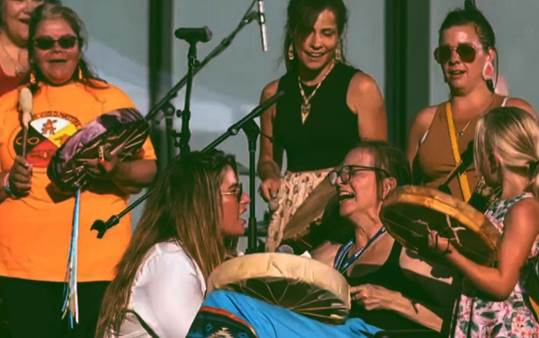
Shawnee and Lynne, seen here drumming together at an event, share a close bond.
Lynne is determined to stay out of a care facility, and works hard every day to stay in her home and stay well.
Her children wish they had understood the devastating effects of high blood pressure before Lynne’s stroke. It runs in the family, so everyone is taking this silent killer seriously and making efforts to assess their risk factors and stay on top of it.
They’re taking inspiration from Lynne’s unquenchable spirit. She feels grateful for her health today, and for the healing powers of her culture. “I am here for a reason.”
In a way, Shawnee says, the stroke has brought out her mother’s greater purpose: “She wants people to know that you survive, you don’t give up.”
- Learn more about Indigenous health
- Learn more about high blood pressure
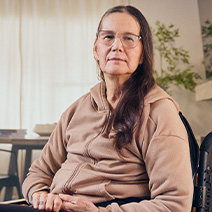
Women’s stories
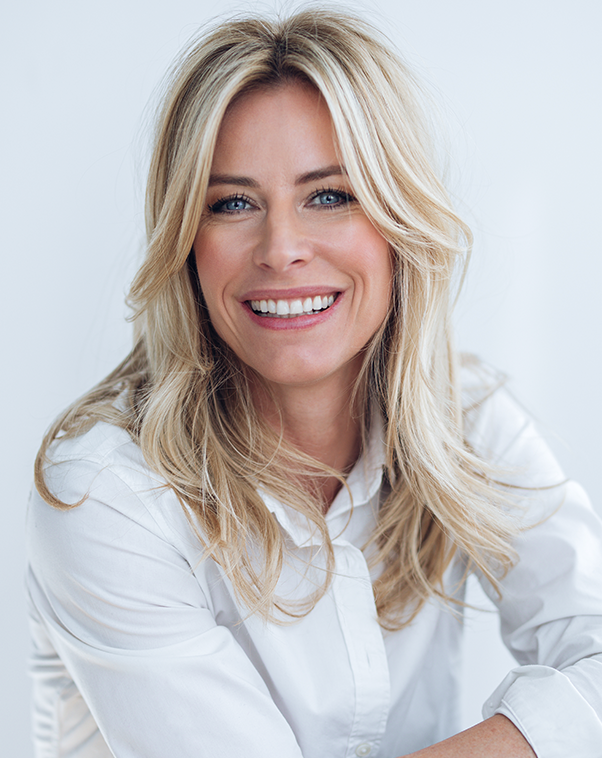
A story dear to my Heart
Julie du Page, actress, blogger and Heart & Stroke ambassador, opens up about her journey with heart disease
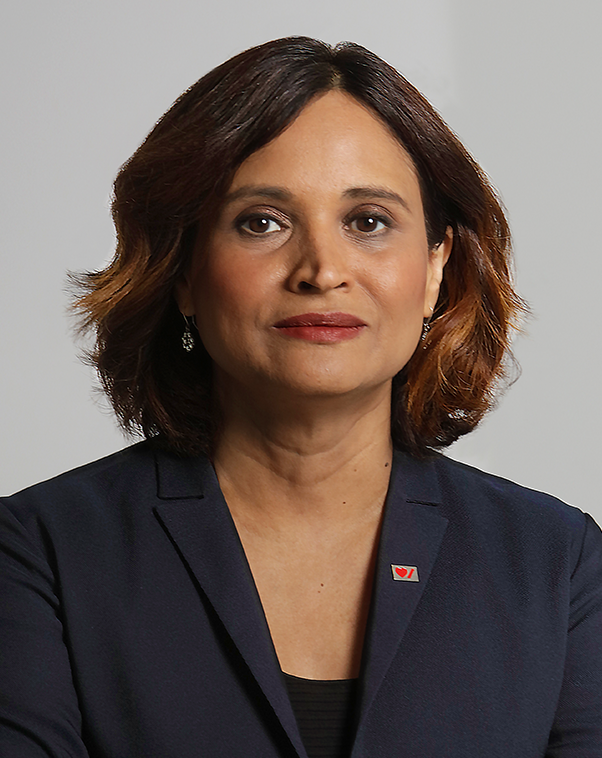
Using data to save more women
Dr. Padma Kaul researches ways to improve diagnosis and treatment of heart disease
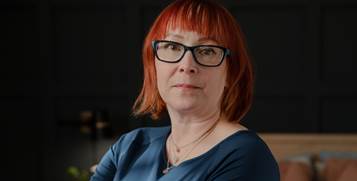
Saving a mother's heart
It was almost too late when Christina learned that pregnancy complications had increased her risk of heart disease
